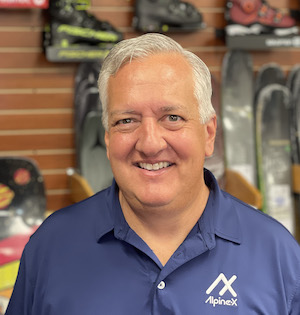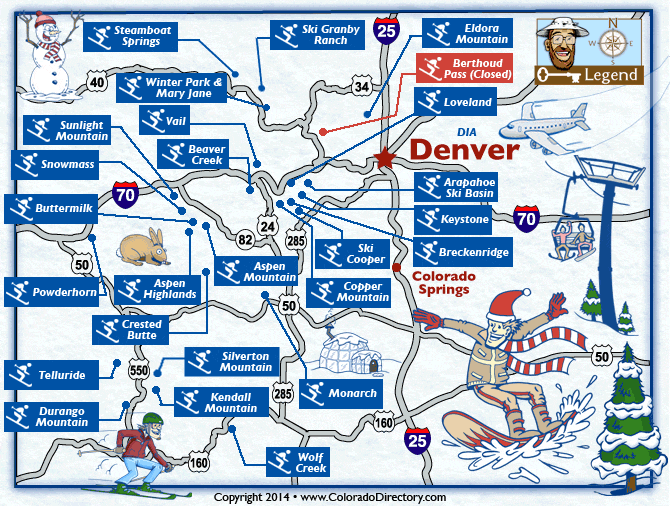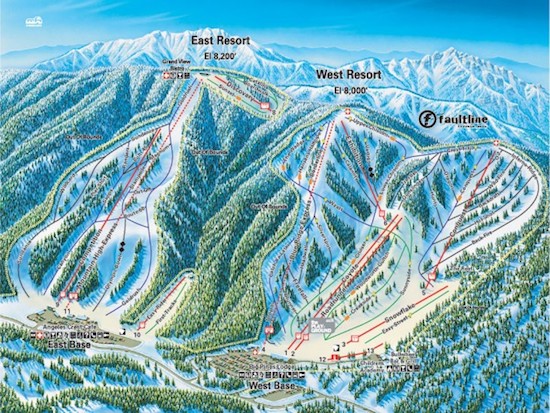(Artist rendering of the soon-to-be-built Fairfax Peak in northern Virginia)
The answer: perhaps.
John Emery, CEO of Alpine-X, seems to think so. His company is behind Fairfax Peak, a 400,000-square-foot snow dome in the DC suburbs of Virginia, that will anchor the country’s second indoor ski dome. (Big Snow American Dream, in New Jersey is the first; it opened in late 2019.) John believes that the lower cost and the convenient location will allow a lot more people — particularly those who are currently underrepresented in the sport — to take up skiing.
When you think about it, he may have a point. Single day lift tickets at traditional ski areas are squarely in nosebleed territory. Yes, ticket prices can vary based on days of the week and whether or not they’re bought during peak periods. But here are some examples that can make you sweat: According to New England Ski History, the top anticipated day pass for Sugarbush is over $184, for Stowe, $173. During Christmas Week, lift tickets at Big Sky will run between $220 and $224 per day; Beaver Creek, $239. You get the picture. All this makes trying out skiing for the first time especially difficult.
Skiing also suffers a diversity problem. According to the National Ski Areas Association, skiers and riders hover around 87.5% white (that said, race and ethnicity are self-reported, and you can identify with more than one race/ethnicity). Of the remainder, 6.1% are Asian, Pacific Islander; 5.8% Latin, Hispanic, or Spanish origin; 1.5% Black or African American; and 1.8% other.
That’s where Fairfax Peak may make a huge difference. Slated to open in early 2024, Fairfax Peak will be readily accessible to one of the country’s most densely populated urban areas. And the price to ski there is more than affordable.
I recently spoke to John, and here’s what he had to say.

John Emery, CEO of Alpine-X
SD: Indoor skiing seems to have caught on elsewhere, but it’s been slow to build in the US. Why is that?
JE: There are 110 indoor snow sport areas in the world. But in North America, right now there’s only one. Part of it is because the US has a much lower percentage of skiers than Europe does, where the concept originated. Ski Dubai opened everyone’s eyes to the idea that if you really create an experience that everyone can enjoy — not just snow sports enthusiasts — people will come. When Ski Dubai first opened, the only people skiing were foreigners. If you go there now, it’s mostly locals. This was a great example of how opening up snow sports to people without experience can be tremendously successful. And that’s what we want to do in the US. Right now there are 12 to 14 million skiers and boarders in the US. I want to be able to market to 300 million people.
SD: How will your facility be different from those elsewhere?
JE: In Europe, the facilities are more focused on existing skiers and boarders. Our resort will have dozens of things to do that don’t require any skill. In addition to skiing and boarding, there’ll be sledding and an entire snow play area — kind of like a winter version of an indoor water park. Outside of the snow dome you’ll have a full family entertainment center — a ropes course, things for kids, zip lining, a mountain coaster, tubing, lots restaurants, a 200-room hotel. Basically, we’re going to provide a full resort experience. What we really want is a place where you can go with your family or friends and have lots of different things to do so you can bond as a group. I really wanted to design it so that everybody in the community knows that it’s designed for them.
SD: I’ve heard you say that your ski area can make skiing more easily accessible to people whio might not otherwise get into skiing. Can you talk about that?
JE: Sure! I’m hoping that this takes some of the exclusivity out of the sport in general. The skiing community really needs to be open to everybody. It’s just hard to pull it off when everything is hours from where people live and it’s really expensive and you have to deal with seasonality. This does a lot to solve all that. Most outdoor resorts, at least the ones that are accessible to the DC area, require a tremendous time commitment. It can take a couple hours to get there, so you really need a big block of time to ski. Fairfax Peak is a lot more accessible. Kids can come ski here after school, on weekends, in the summer. And you don’t need a big time commitment, either. You probably need two hours to experience it well. We charge in two hour-plus blocks. Typically people are going to be here for two, three, or four hours. If you’re selling two hour blocks, and you’re open 16 hours a day, you can get four times the number of people without overpacking the hill. It makes the experience better. For beginners, our learning area is completely separated from the main runs, so we’re trying to make learning more fun and less intimidating. There’s all these little things that outdoor resorts have a physically tough time accomplishing.
We’re also committing to cover all the cost for people who are traditionally underrepresented in skiing and boarding, for over a thousand visits every year. In the DC area, there’s a huge Hispanic population. A lot of these families may be immigrants without the economics to get out skiing. So we’re going to partner with local and national groups that work with these kids and their families. The program will be designed so it can be enjoyed multiple times a year. And it doesn’t just cover lift tickets; it’s lessons, full rentals, even clothes. A lot of underrepresented people don’t have the appropriate clothing they need for the sport. We have all that in house. I want the people we bring through the program to have the exact same experience as the people who pay. When you’re open every day like we are, there’s plenty of availability to do this without breaking the bank. Plus it’s just the right thing to do. A lot of our team members — we’re going to have 600 employees at each resort — are from underrepresented groups. That’s the nature of the hospitality industry. So the messaging is for the community, it’s for the team, and it’s part of our social mission, to really make the entire community feel like what we’re doing we did with them in mind.
SD: Can you describe the hill to me?
JE: The vertical is over 200’, the length of the runs are 1500-1700’, and there are three specific runs. The longest is the green run. Then you’ve got a black run that’ll be used for training, so that has the most vertical; it’s being designed by people who train competitive level skiers. Then you have a full terrain park, which kind of acts like a blue run. You can use the features to weave in and out and create your own run. The park is every bit as robust as an outdoor park, because you don’t need a ton of vertical for that.
SD: And what’s the timeline right now?
JE: We’re repurposing a landfill that’s owned by Fairfax County, so we’re finalizing site approvals with them; that’s going to take into 2022. The projected opening date is the end of 2024, early 2025.
SD: Will you be opening other snow domes in the future?
JE: We’re actually doing site analysis in other markets, so we’d expect to start one or two more within the next 12 months. We’ll roll out that info when we get a little closer. Ultimately, we believe there’ll be 20 to 25 markets across the US and Canada. We’ll see what demand is as they open. That said, almost everything we do will be relatively close to population centers, and that allows us to open the sport up. If you create an experience where not everyone needs to develop skill, then they can all have their own experience. It opens the market up to everybody and it gets back to people being able to get together outside of work or politics, and just share fun experiences. That’s what it’s all about.



